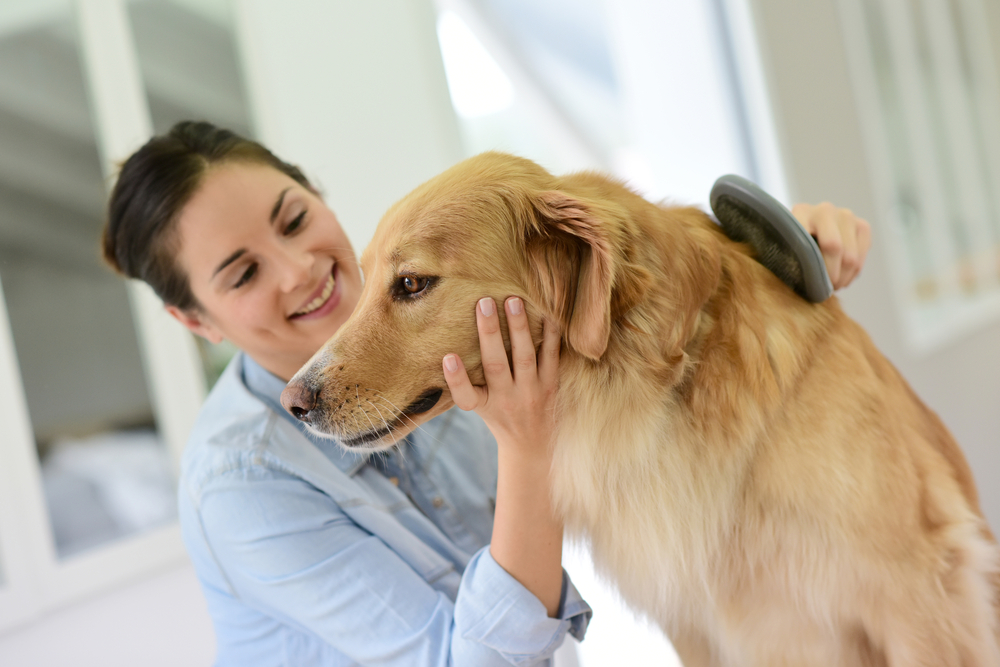If you’re concerned about your dog attempting to escape every time you open the door, there are specific commands you can use to manage this behavior and provide better control.
Situations like these can be incredibly worrisome for dog owners, especially when safety risks are involved, such as living near a busy street. It’s essential to prioritize your pup’s safety and take proactive measures to prevent it from running into potential danger.
Consider teaching your poochie commands like “Sit”, “Stay”, “Wait”, and “Come here” to avoid such an episode. Simultaneously consider being equipped with pet insurance so your furry pet is covered for accidental injuries and unexpected health situations.
Contemplate purchasing dog insurance so you can summon medical help to get your precious fur baby treated just in case something unfortunate happens to its health. In the meantime, read this article to learn how to teach your pupper the sit and stay commands.
Sit and stay commands
Teaching your dog the sit and stay commands is an effective way to prevent it from escaping through the front door. Consistently practicing and using these commands before opening the door can help reinforce self-control and reduce the temptation to bolt.
Here is a step-by-step guide on teaching your little pupper to sit on command.
- Kneel before your pet with treats in hand.
- Hold a tasty treat in your dominant hand while keeping the other treats visible.
- Present the treat in front of your puppy’s nose, but do not let it eat yet.
- Give the verbal cue “Sit” in a firm tone and move the treat slowly back over its head.
- While your pup follows the treat with its nose, its bottom will naturally lower to the floor.
- Once your poochie’s rear touches the floor, immediately praise it, saying “Good doggy”, and offer a treat as a reward for exhibiting proper behavior.
- Train with your pupper repeatedly, gradually reducing the guidance of the treat until your dog sits on command without needing to be led through the process.
- Be patient and keep training sessions short and frequent for better results. Use a firm and clear tone when giving commands, and always reward your pet for successfully performing the desired behavior.
Once your pupper learns to sit, it might be time to move on to teaching the stay command.
Follow the below steps to help your pet master the stay command.
- Kneel before your pet and issue the “Sit” command.
- Once your pup is sitting, give the verbal cue “Stay”.
- Wait a few seconds, then praise your furry pet with “Good doggy” and hand over a treat.
- Train with your pupper multiple times, gradually increasing the duration of the stay with each repetition.
- Introduce some distance by taking a few steps backward while telling your pup to “Stay,” then return to it before releasing him.
- Progressively extend the distance you move away from your pet pup over several sessions while maintaining the status quo until you return and release it.
- Practice in various environments with increasing distractions to strengthen your pet’s understanding of the command in different situations.
This way, you can effectively instill in your dog the sit and stay commands and establish good communication and obedience. Nevertheless, there is always an element of risk when dealing with four-legged babies, whether inside or outside the home, which is why you should consider buying pet insurance.
Dog insurance can cover a frisky pup’s testing, treatments, and medications during distressing health situations and medical emergencies with minor financial burden, which is why you must contemplate purchasing a policy.




